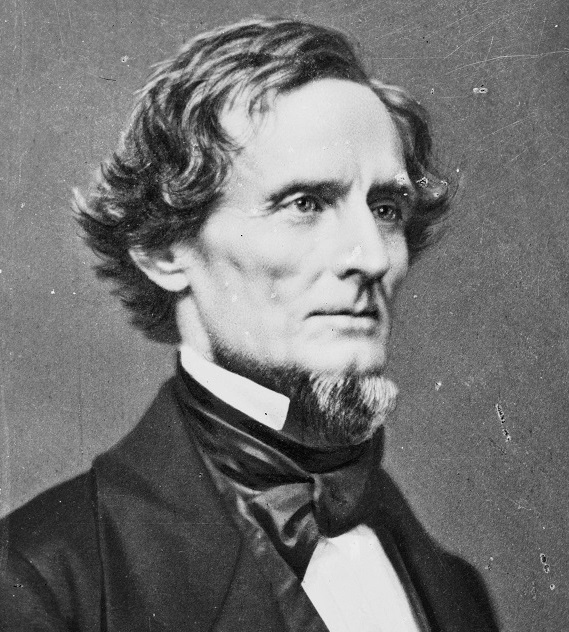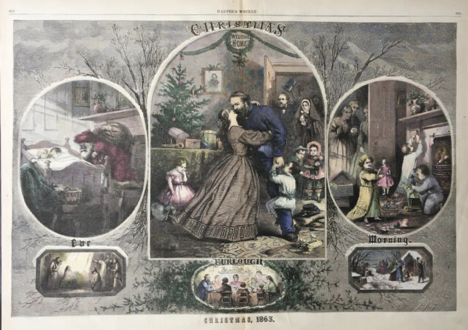
In our turbulent times it is increasingly evident that our government is disconnected to the citizens of the republic. Rather, what we behold is a zealous managerial class, an elite buried deep in an aggressive bureaucracy which is, essentially, a “government within a government.” It is an unelected, self-perpetuating oligarchy that offers the illusion of popular participation, and the chimerical mirage of two political parties which tussle back and forth, each claiming to represent the wishes and views of the citizenry. Voting takes place, of course; and then one party or the other claims victory to implement its agenda. Yet, in Washington D.C. (and in many state capitals) the administrators who actually run government and its agencies—those dour faces—remain the same, and very little changes at all.
In fact, for some time now as detailed by acute observers, including most notably the late Dr. Sam Francis (and before him James Burnham), and more recently by authors such as Professor Paul Gottfried, the current American political system has been largely a charade, parading as a “democracy,” but in reality an insatiable and ruthless oligarchic Behemoth…a caste system more severe, more self-aggrandizing, and more domineering than anything traditional aristocracies ever envisaged or dreamed of.
The totally unexpected—and totally unplanned—election of Donald Trump in 2016 unleashed an immense revulsion and violent push-back by this Managerial State—by what we are now accustomed to call the Deep State and its agents and minions in both political parties, who saw that Trump in the White House might in some manner, even in a small way, endanger their power and prerogatives. It could not stand, and thus we have witnessed since November 2016 a steady attempt to reverse and nullify the results of 2016, and by any means available expel the “rabble rouser” from office. And return things back to normal.
The roots of this situation go back some distance in our history. There have been historical markers along the way—the enormous Federal seizures of power during the Great Depression and during the presidencies of Lyndon Johnson and Richard Nixon, or earlier, during the two terms of Woodrow Wilson. And the Federal courts have echoed and canonized this growth by the managerial state by confirming its authority and reach in such judicial acts as the Supreme Court’s Everson decision (1947), which essentially perverted and abrogated the Framers’ intent in the Bill of Rights on the relations between church and state. Subsequent serious research has demonstrated just how ideological, ahistorical, and anti-constitutional that decision was. But the critical damage was done, inflicted, and chances for repairing it seem scarce to none.
Then followed the Brown v. the Board of Education ruling of 1954, which was a major blow against the original understanding of the Constitution on the rights of the individual states respecting education. Dr. Paul Craig Roberts, in his volume The New Color Line: How Quotas and Privileges Destroy Democracy, has provided a detailed account of how this decision and others similar to it and since it have all but destroyed what remained of the inherent and retained rights of the states—creators of the American Constitution—as guaranteed to them by that Constitution.
These more recent events, critical presidencies, and pivotal court actions, however, all lead back to the War Between the States and its outcome which set our republic on the road to the Managerial State. For there is a direct, if sometimes partially obscured line from the defeat of the Southern Confederacy in 1865 to the events swirling along the Potomac in our day. And it is something that all citizens of the American republic should be deeply concerned about, not just traditional Southerners devoted to their heritage and traditions, or honoring their ancestors.
In a very real sense all Americans, if they are truly exercised by what is happening to and what has happened in the country should proudly proclaim themselves “Copperheads,” for it was the arguments of the great Southern solons, writers, and authors during those crucial years that indeed represented the Framers’ designs; they were pledged to defend them, even at the cost of ending the precarious union once so hopefully erected by those same Framers.
In June 2014 The Abbeville Review republished a remarkable essay which had been originally published (posthumously) by President Jefferson Davis in the distinguished journal, the North American Review in 1890. The title of Davis’ long essay was “The Doctrine of State’s Rights,” but it is far more than just a panegyric for the defeated Confederate cause or a recapitulation of pro-Secessionist arguments. In it Davis, a veritable constitutional scholar of evident profundity and first rank, examines in some detail both the founding and nature of the American system, just how the Constitution came to be, what the Framers explicitly intended, and why the concept of “states’ rights”—so reviled today as “racist” or reactionary—was in fact the view on which this country was founded.
Jefferson Davis is often pilloried and criticized in our time for his actions as president of the Confederacy, in particular for his military decisions. Much of this criticism is unfair. But in his profound understanding of the nature of the American confederation as the Framers devised it and of the doctrine of states’ rights, so essential to the successful and beneficial operation of the country, he was in many ways unparalleled and prescient.
As with authors such as Robert Lewis Dabney, Davis’ writings demand our attention, for they have much to say to us, much to teach us in an era when the demonic Deep State, unleashed upon the corpses of hundreds of thousands of young men on the battlefield 158 years ago, threatens to completely overwhelm us.





